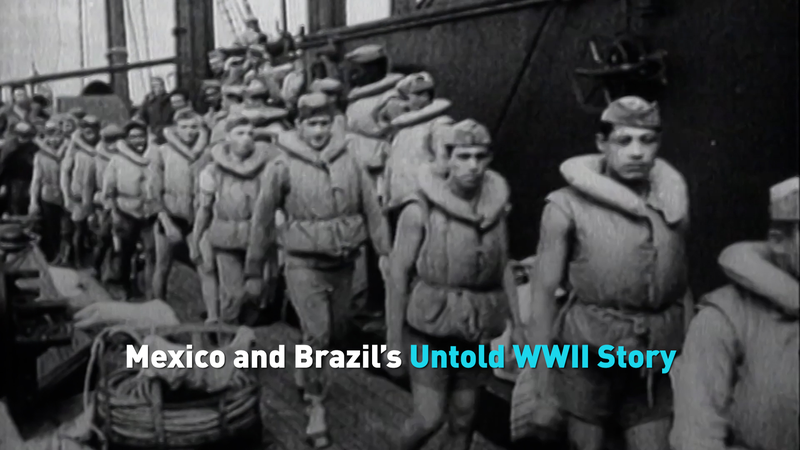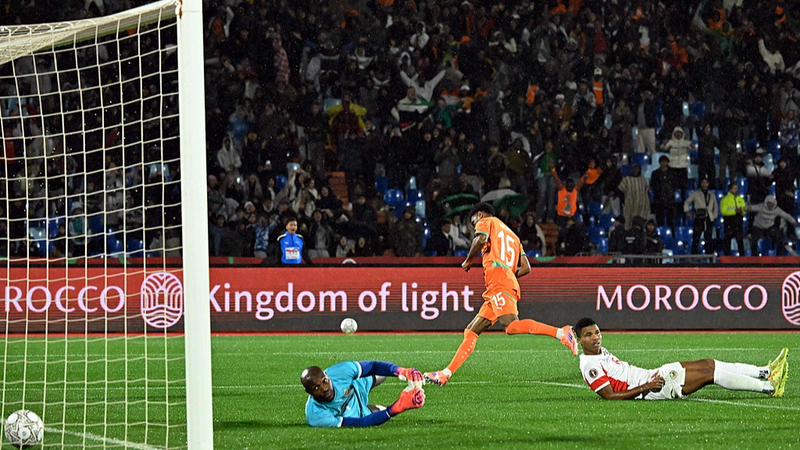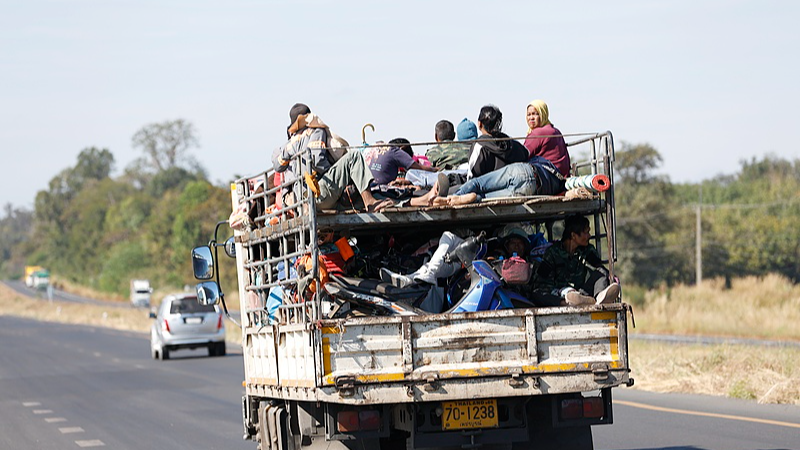When we think of World War II, images of European battlefields and Pacific islands often dominate history books. Yet, far from these well-trodden fronts, Latin American nations were carving out their own path alongside the Allies—sending pilots, sailors, and supplies that would tip the scales in crucial moments.
Mexico’s Escuadrón 201, nicknamed the Aztec Eagles, was the first and only Mexican military unit to see combat overseas. In 1945, more than 300 pilots and support crew trained at Texas airfields before flying P-47 Thunderbolts into the skies over Luzon in the Philippines. Their 90 combat missions suppressed enemy positions and earned them military honors from multiple governments.
Brazil’s Expeditionary Force of nearly 25,000 troops fought in the mountains of Italy, a front many graduates of Brazilian universities still recall through letters and diaries. Working with the U.S. Fifth Army, Brazilian soldiers of the Smoking Cobras overcame entrenched German defenses at Monte Castello—a turning point that opened the northern Italian corridor.
Beyond boots on the ground, Latin American ports and factories powered the war machine. Argentina, Chile, and Peru supplied vital minerals—copper for wiring, rubber for tires, and nitrates for explosives—bolstering Allied production lines. By 1944, Latin American exports made up over 15% of the raw materials imported by the United States war effort.
"We knew our fight was not just local," recalls Juan Morales, now 98, who served in Argentina’s naval reserve. "We wanted peace in our region and the world. Joining the Allies felt like defending our shared future."
Today, these stories are resurging in museums and classrooms across Latin America. Historians estimate fewer than 10% of global WWII curricula cover these contributions, but digital archives and documentaries are changing minds—ensuring the valor of the Forgotten Frontline claims its rightful place in world history.
As we mark the 80th anniversary of key battles, Latin America’s wartime legacy reminds us that global conflicts are shaped by countless voices—some from unexpected corners of the map.
Reference(s):
cgtn.com



